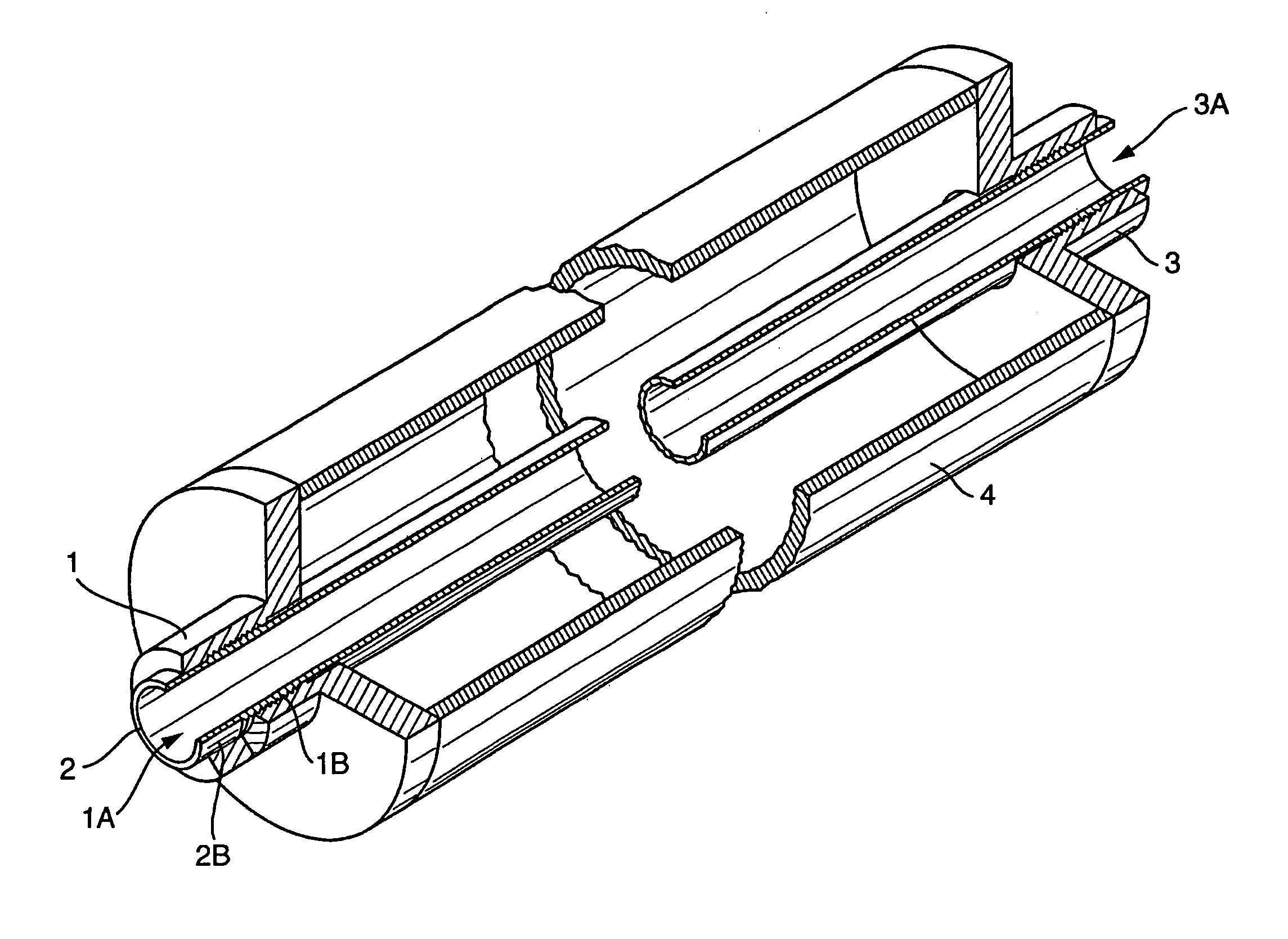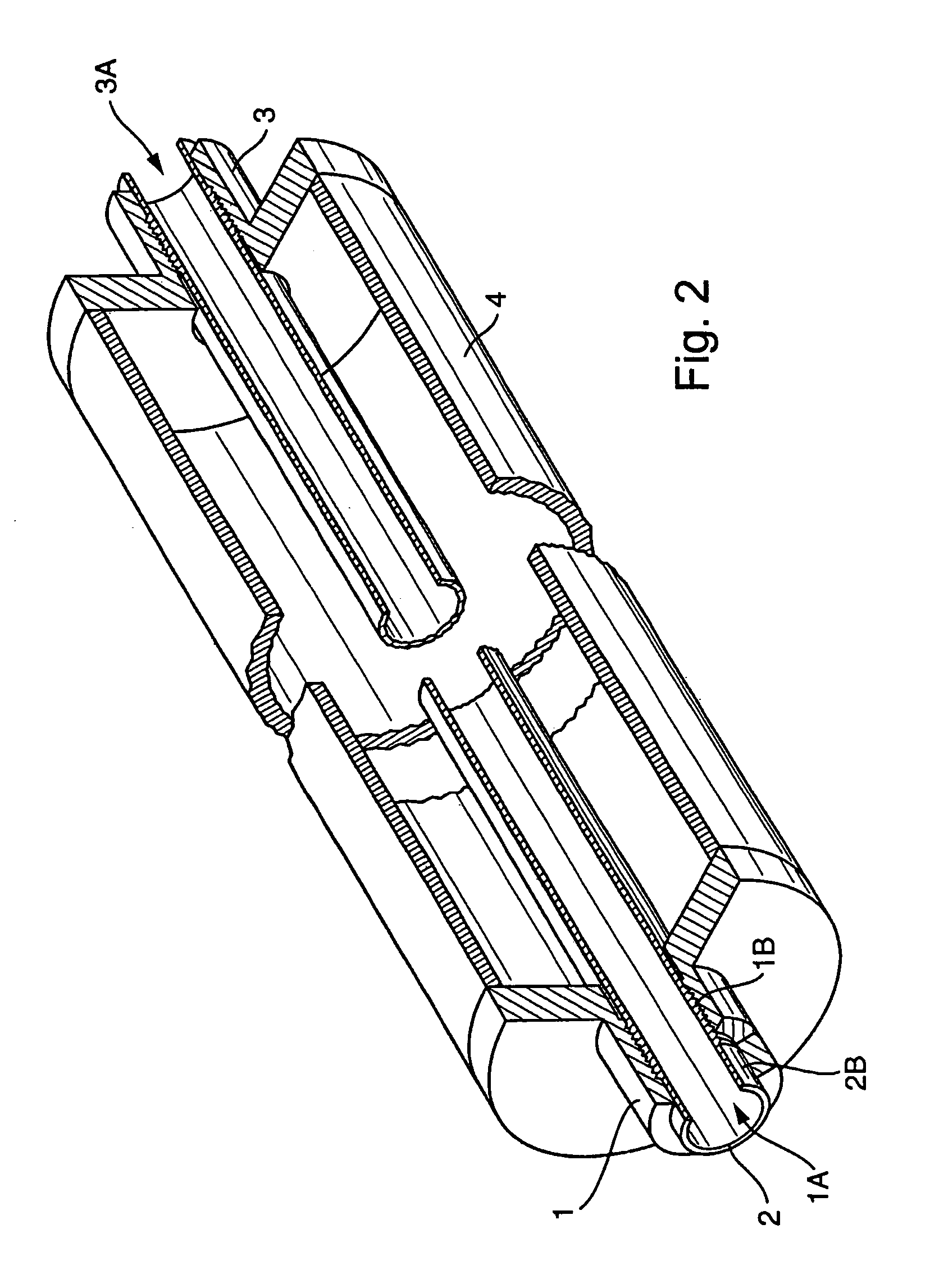Composite system, method for its manufacture, and measurement pickup using such a composite system
a composite system and composite technology, applied in the field of composite systems, can solve the problems of inability to remove the zero-point errors attributable to the loss-of-strength phenomena of composite systems, and the inability to manufacture, and achieve the effects of high-strength and lasting, stable, and long-term enduran
- Summary
- Abstract
- Description
- Claims
- Application Information
AI Technical Summary
Benefits of technology
Problems solved by technology
Method used
Image
Examples
Embodiment Construction
[0112]While the invention is susceptible to various modifications and alternative forms, exemplary embodiments thereof have been shown by way of example in the drawings and will herein be described in detail. It should be understood, however, that there is no intent to limit the invention to the particular forms diclosed, but on the contrary, the intention is to cover all modifications, equivalents, and alternatives falling within the spirit and scope of the invention as defined by the intended claims.
[0113]FIG. 1 shows an example of an embodiment for an, especially bi-metal, composite system formed of a first component 1 and a second component 2 extending at least partially through the first component along an imaginary longitudinal axis L of the composite system. As can be seen in FIG. 2, the second component 2 has, in such case, an at least partially curved, outer surface, especially a cylindrical outer surface, which so contacts an inner surface of the first component flushly, t...
PUM
| Property | Measurement | Unit |
|---|---|---|
| temperature | aaaaa | aaaaa |
| temperature | aaaaa | aaaaa |
| depth | aaaaa | aaaaa |
Abstract
Description
Claims
Application Information
 Login to View More
Login to View More - R&D
- Intellectual Property
- Life Sciences
- Materials
- Tech Scout
- Unparalleled Data Quality
- Higher Quality Content
- 60% Fewer Hallucinations
Browse by: Latest US Patents, China's latest patents, Technical Efficacy Thesaurus, Application Domain, Technology Topic, Popular Technical Reports.
© 2025 PatSnap. All rights reserved.Legal|Privacy policy|Modern Slavery Act Transparency Statement|Sitemap|About US| Contact US: help@patsnap.com



